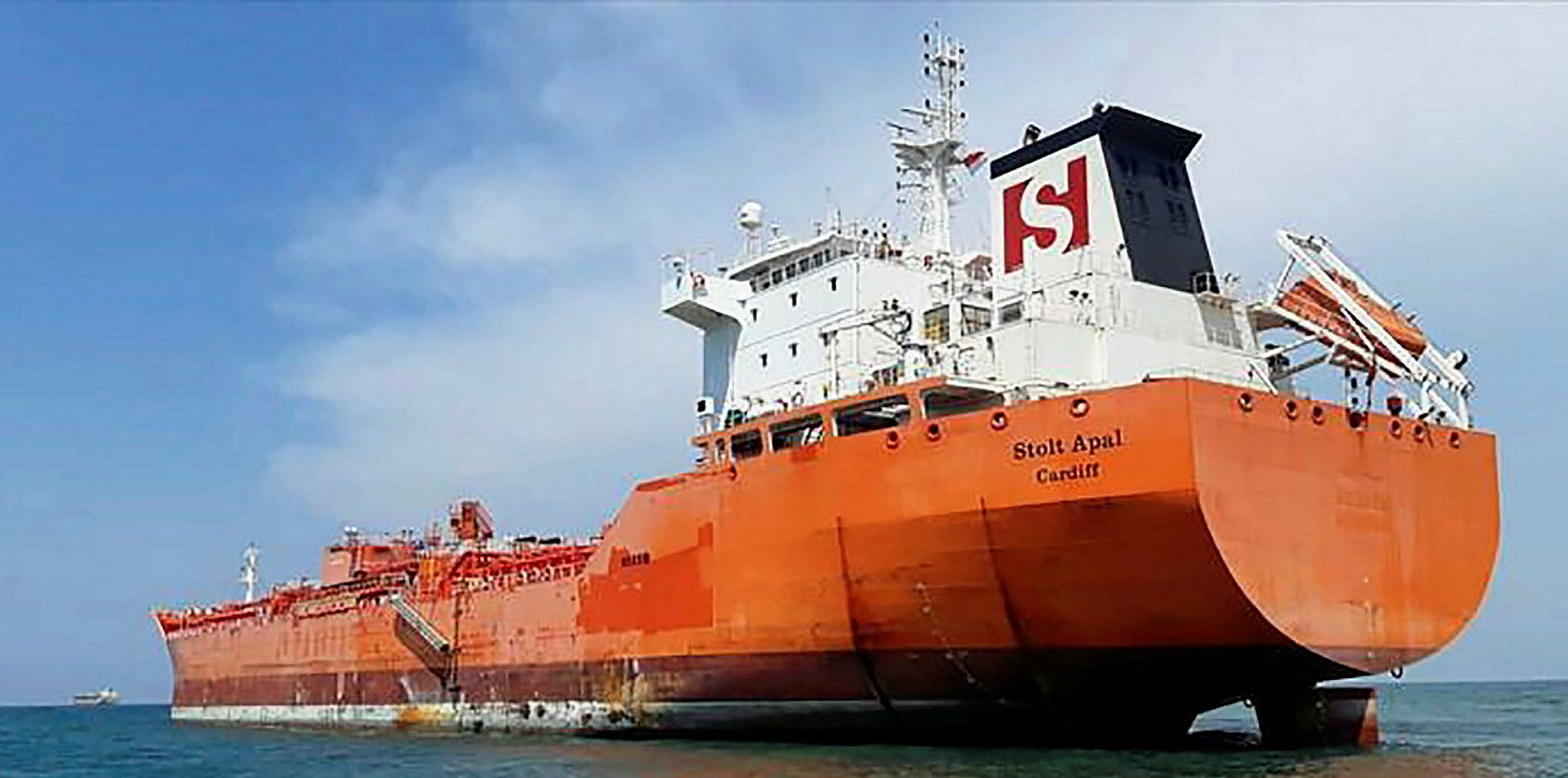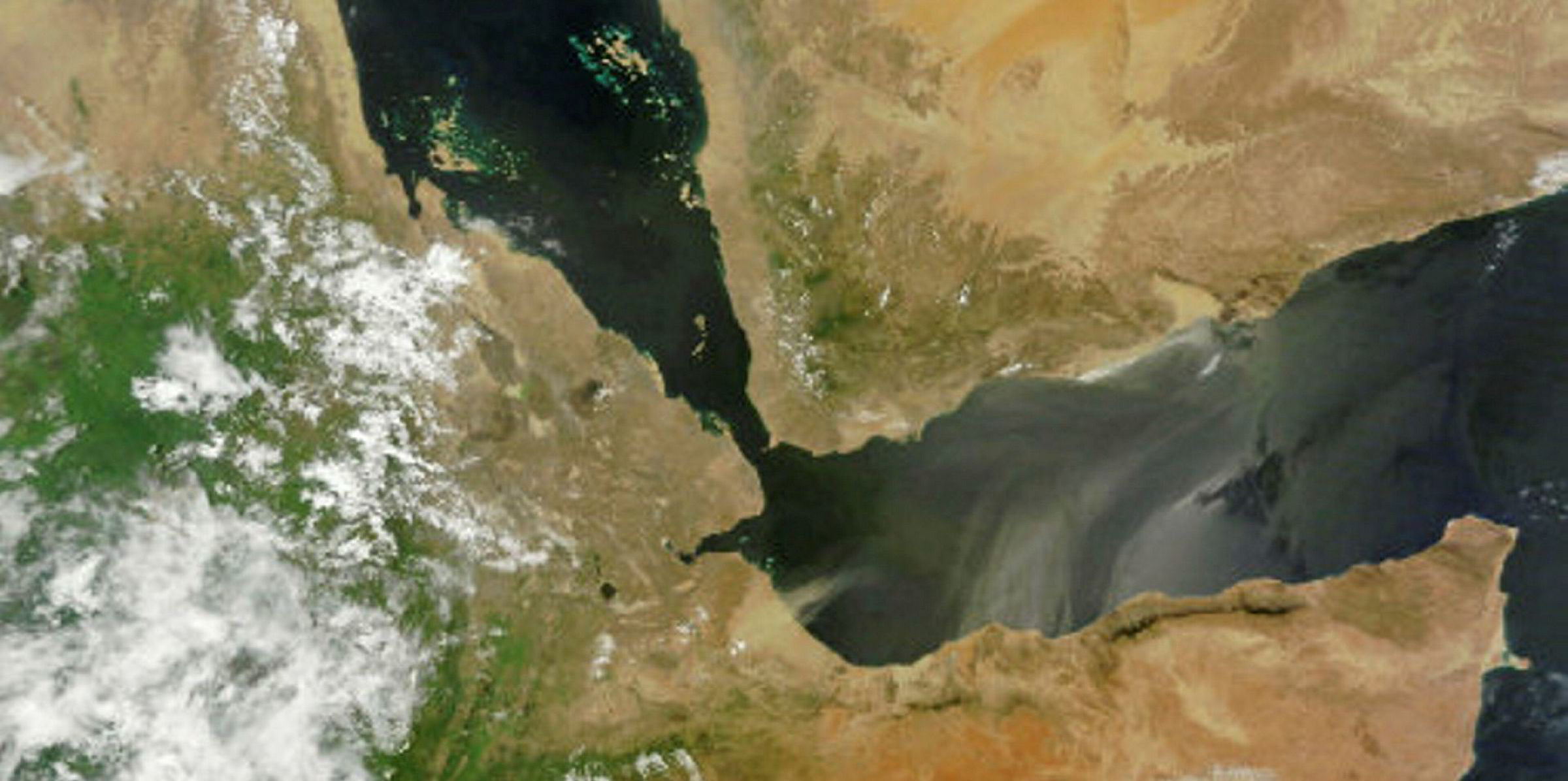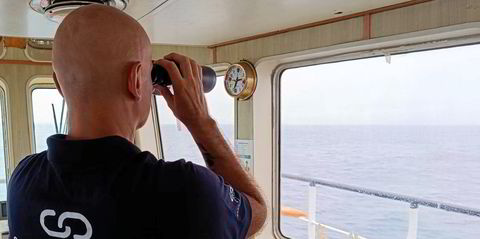Reported maritime security incidents in the Gulf of Aden have increased during 2020 in what, at first glance, is a reversal of trends observed during 2019.
However, upon closer inspection the situation within the Gulf of Aden is much more complex than pre-existing assumptions that piracy remains rife within the region would presume.

Firstly, it is prudent to note that the majority of the incidents that have been reported within the Gulf of Aden in 2020 are recorded as suspicious approaches.
Within these incidents there are no rigorously established examples of piratical intent besides a small vessel, commonly a skiff, approaching within the proximity of a commercial vessel.
The majority of incidents in 2020 have also failed to require any significant counter action by vessels, with only four incidents involving the firing of warning shots by embarked security teams. It is perhaps questionable to assume that the firing of warning shots alone provides irrefutable data that suggests piratical activity was imminent.
Vessels that are commonly used by pirates in the Gulf of Aden, particularly skiffs, are also ubiquitous and form a large part of daily maritime traffic. The presence of a skiff within the vicinity of a commercial vessel is, therefore, not uncommon, and not necessarily suspicious.
Skiff vessels are also used in illegal operations such as illicit trade and may be handled in erratic manners which whilst certainly suspicious, are not necessarily piratical. This in turn could be leading to a situation where an inflated false alarm rate is present within the gulf.
Broader context
Incident trends within the region should also be contextualised by the macro security and geopolitical considerations which shape maritime activity in the region.
The impact of Covid-19 has created lengthy delays at ports and anchorages which has increased the available pool of potential opportunistic targets. Dryad Global would have anticipated a corresponding ‘spike’ in piratical activity in line with the spread of Covid-19 and this has so far not materialised.
It must also continue to be noted that the conditions within the gulf are not the same as they were in 2010. Whilst Somalia still faces instability, its political woes are not as endemic as they were a decade ago. Furthermore, islands such as Socotra, which were closely related to piratical activity in 2011, have not seen recent piratical activity and are increasingly coming under the control of states such as the UAE and the splinter territory of the Yemeni South Transitional Council, which have an interest in denying pirates a foothold.
It must finally be noted that all reports of suspected piracy cannot be dismissed, however the narrative surrounding a ‘severe piracy threat in the Gulf of Aden’ is increasingly tenuous and should be questioned through both a data-led and real world contextualisation of reporting.
This is not to suggest that vessels should not remain vigilant. However, it is to suggest that vessels should remain realistic about the threat within the gulf.
Whilst current best practise provides adequate mitigation, there are still those that perpetuate an over-reliance on financially punitive mitigation that in a post-Covid world, and on aggregation, present as much risk as they mitigate.
It is reasonable to suspect that a proportion of the incidents reported as suspicious could be suggestive of misreporting. And furthermore, it is incumbent upon the maritime security industry to maintain a healthy level of scepticism and caution before adopting a narrative which raises fears and limits commercial confidence, especially at a time of such economic instability.
Sophia Bellas is senior analyst at Dryad Global, a maritime security consultancy
Do you have an opinion to share? Send
details to news@tradewindsnews.com







